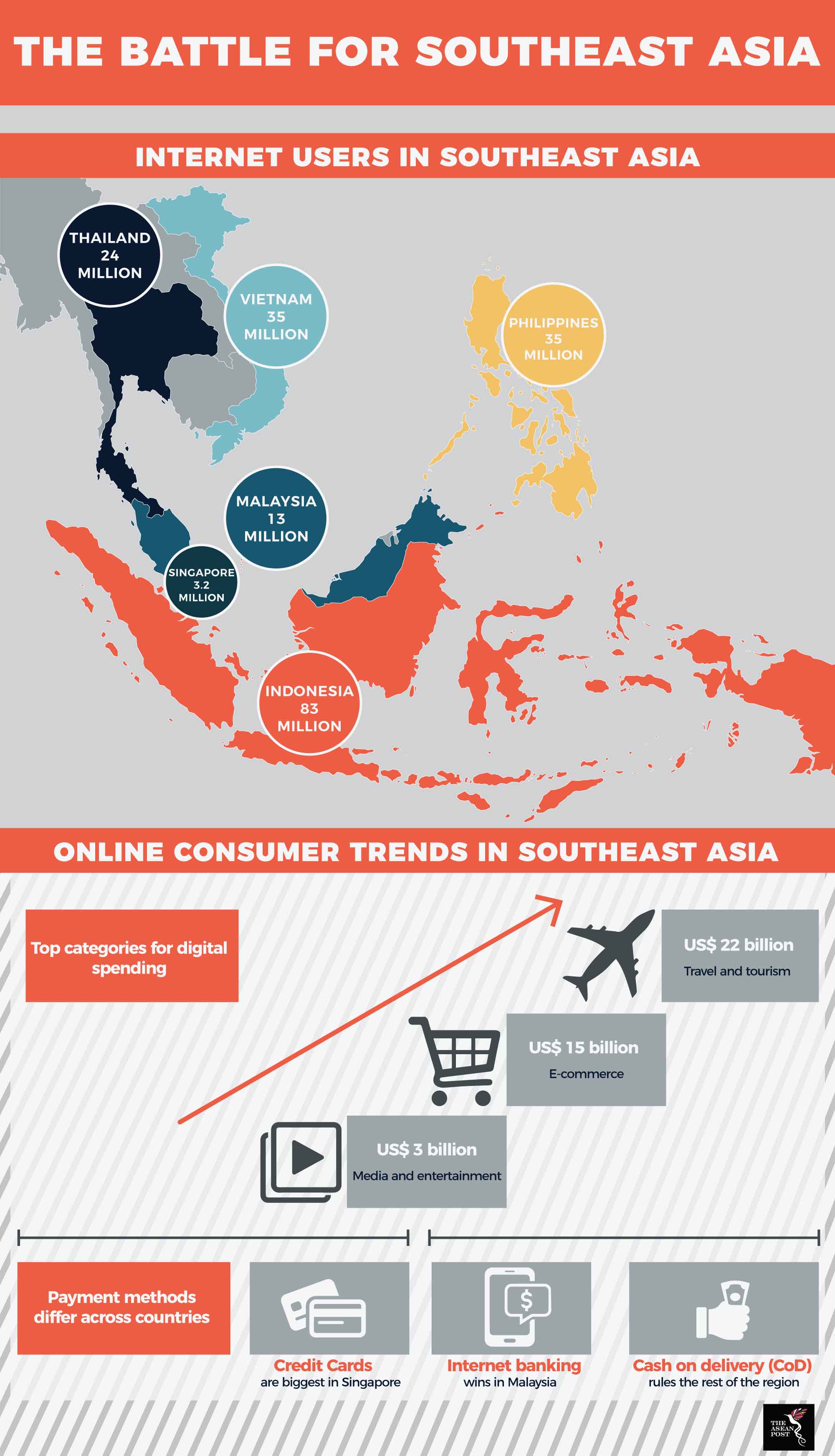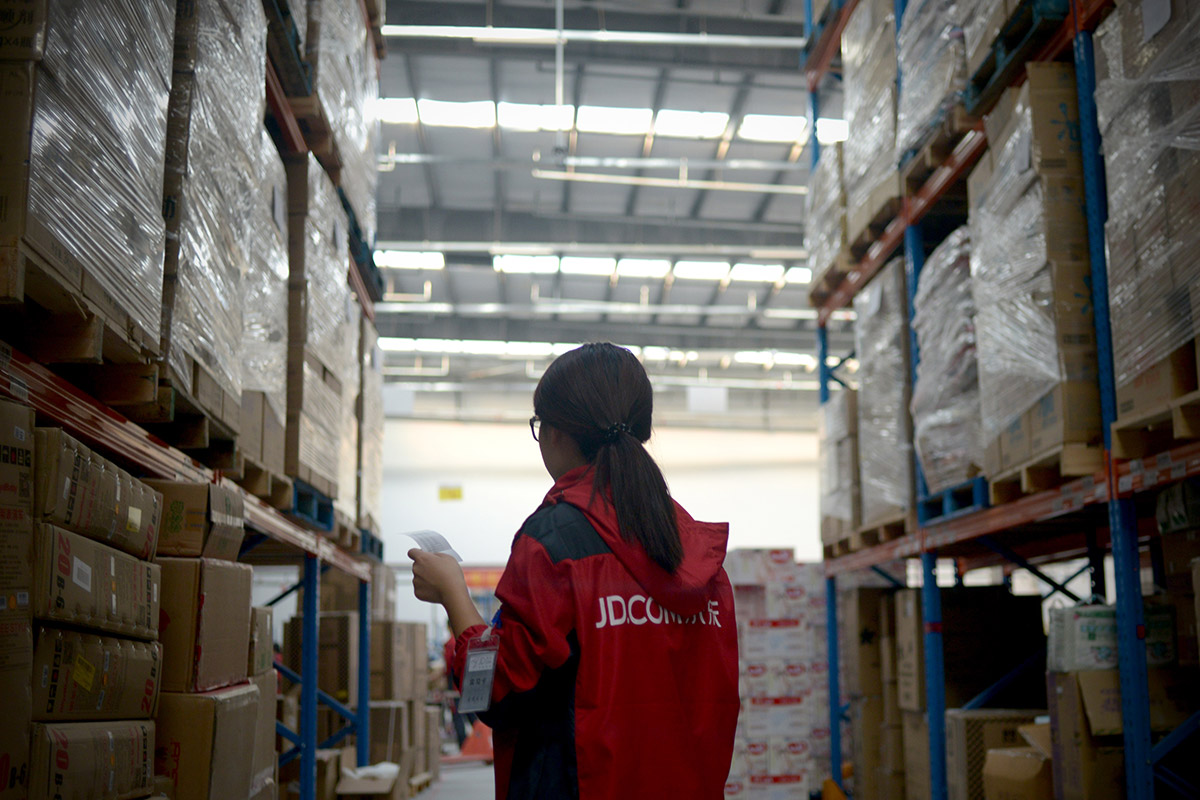Google’s latest move of investing in Chinese e-commerce giant JD.com reveals that the company is stepping up its game to make inroads in Asia.
On Monday, tech conglomerate Google announced a strategic partnership with JD.com, China’s second-largest e-commerce company. Also known as Jingdong, JD.com generated over US$55 billion in revenue last year and currently boasts over 300 million active users. The company is currently the biggest competitor to Jack Ma’s Alibaba. Besides that, JD.com has invested heavily in technology and artificial intelligence (AI) and is the world’s leading company in delivery through drones, autonomous technology and robots – something that Amazon is attempting to emulate. JD.com has the largest drone delivery system, infrastructure and capability in the world.
Part of Google’s strategic partnership with the company includes a US$550 million investment. In a statement released by Google, the partnership will pair JD.com’s supply chain and logistics expertise with Google’s technology to make “…shopping effortless for their consumers, giving them the power to shop wherever and however they want.” JD.com is at the forefront of utilising technology in its supply chain and logistics. Last year, it opened a fully automated warehouse where robots and machines handle 9,000 online shopping orders per hour. Meanwhile, Google will offer its customer reach, data and marketing capabilities to JD.com.
Google services are currently blocked in China, so many see this move as the company trying to slowly inch its way back into the country. On the other hand, the partnership with Google could also make JD.com a global name. JD.com will be integrated into the Google Shopping system which would allow users from all over the world to view products on sale at the website.

Source: Bain & Company (2017)
Battle for Southeast Asia
Google’s investments come at a time when the race to capture consumers in Southeast Asia is heating up. With over 200 million internet users and increasing, Southeast Asia is one of the fastest growing e-commerce marketplaces in the world. The digital economy of the region is expected to be worth US$200 billion by 2025. This will be largely driven by e-commerce as online spending is expected to reach US$88 billion by 2025.
Google has also made its intentions clear of wanting to expand into the Southeast Asian market. “We want to accelerate how retail ecosystems deliver consumer experiences that are helpful, personalized and offer high quality service in a range of countries around the world, including Southeast Asia” said Karim Temsamani, President of Google’s Asia Pacific Operations.
Over the past few years, different companies have been making moves to capture the lucrative Southeast Asian market. Earlier this year, JD.com’s competitor Alibaba doubled its investment in Lazada – Southeast Asia’s biggest e-commerce platform – and replaced its CEO with one of its founders, Lucy Peng. Google’s biggest rival, Amazon entered the Singapore market last year and is expected to launch in Vietnam soon. In the United States (US) Amazon is the online destination of choice for consumers looking for products. While Amazon may be extremely popular in the US, it has been slow to gain a foothold in the region. Google’s partnership with JD.com is seen as a move by the American giant to leapfrog Amazon in the region.
Google is seen as trying to ride on JD.com’s plans to penetrate the Southeast Asian market. JD.com first began its venture in Southeast Asia two years ago when it entered into a partnership with Indonesian firm Provident Capital. Later, JD.com entered a US$500 million joint venture with Thailand’s Central Group to boost the e-commerce sector there. This year, JD.com made an investment in Vietnamese e-commerce firm Tiki.vn.
All these investments highlight just how hard JD.com is working to increase its presence in the region. However, despite such efforts, Alibaba and its subsidiary Lazada remain the biggest e-commerce players in Southeast Asia. Perhaps things might change now with Google’s latest move.
